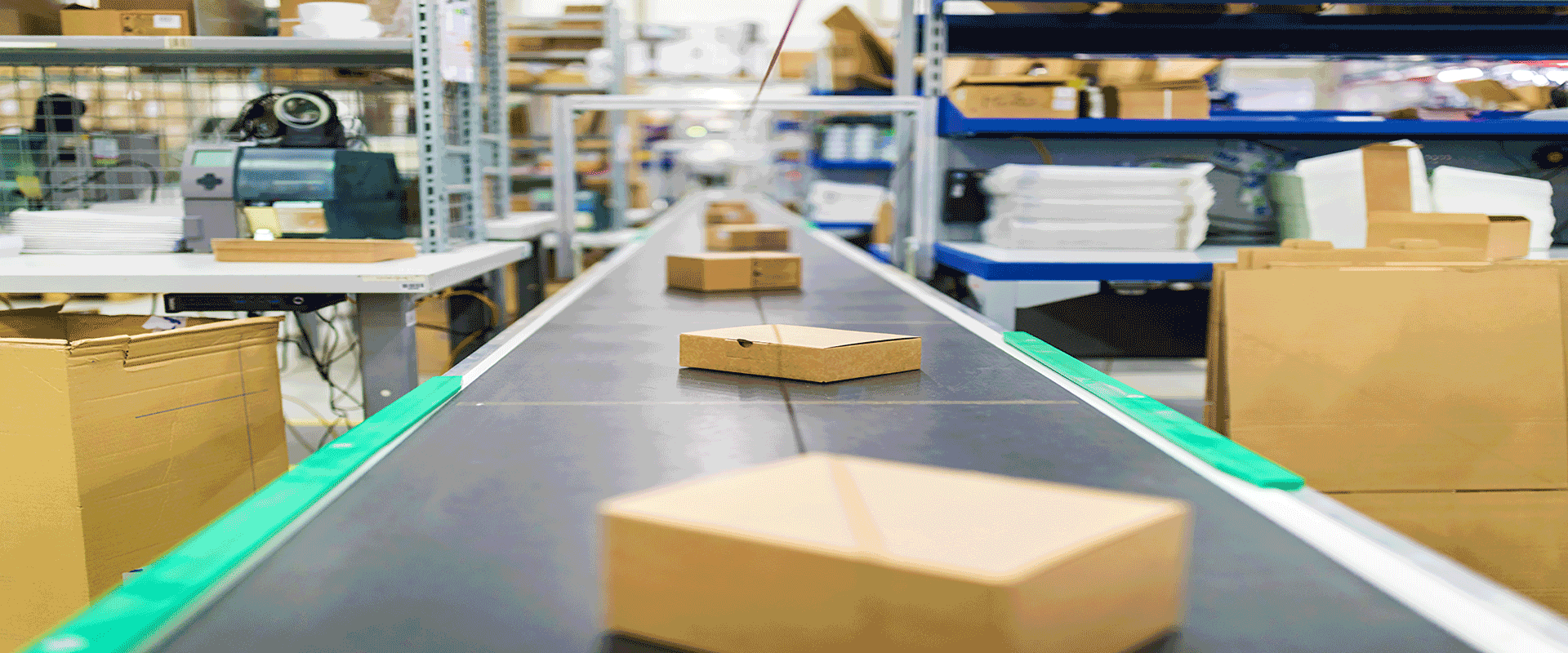
COVID-19: CEO Roundtable Packaging Perspectives
- Volume XXII, Issue 38
- Executive Insights

COVID-19’s impact is first and foremost a humanitarian crisis that has thrown us into uncharted territory. We at L.E.K. Consulting extend our heartfelt sympathies to all who are affected by this crisis.
COVID-19 has upended the operations of companies around the globe, and within packaging, it has had a highly variable commercial impact on converters based on the relative end-market focus of each company, with some demand pockets surging and other demand pockets softening (see Figure 1). In addition to disrupting company operations in the near term (i.e., March and April), COVID-19 is expected to create a series of “new normals” within packaging in the medium to long term (i.e., the second half of 2020 and beyond).
To better assess the near-term commercial impact and new normals as well as to understand both the operational impacts and management learnings gained thus far from the crisis, we conducted 30+ discussions with C-suite executives during March and April. This Executive Insights represents a high-level summary of those in-depth discussions, which were focused on four key questions:
Across March and April, packaging converters were differentially affected based on their end-market exposure. While certain interviewees reported cutting shifts and furloughing some employees due to demand softness, others noted that they had added capacity, mostly by adding shifts, and were operating close to 24/7 to meet surging customer demand (see Figure 2). These differential impacts were driven by three key societal dynamics during COVID-19:
During our C-suite discussions, four thematic operational challenges emerged across packaging end markets: employee safety, supply chain management, absenteeism and the need to adapt production to demand fluctuations.
In the face of these challenges and given the massive impact that COVID-19 is having on how almost all Americans live their lives, five new normals are expected to develop after the virus moderates, with wide-ranging implications for converters.
As management teams have navigated the crisis, four primary learning opportunities have emerged. First and foremost, communication has been and continues to be a critical tool in maintaining employee morale and limiting absenteeism. Converters have used communication tools ranging from digital apps to handwritten letters, with the aims of creating transparency, emphasizing a sense of purpose to employees around the essential nature of their work and sharing best practices across the organization. Executives have broadly reported successfully adapting to working remotely, and a subset expect remote working to become more common post-COVID-19, including a potential review of the commercial office space footprint that is truly required. Finally, converters report weighing the benefits from potentially revising their commercial strategies following COVID-19 with the aim of generating near- and long-term revenue opportunities through additional capacity, repurposing assets to support COVID-19 relief (e.g., manufacturing PPE), and adapting business development activities to a more virtual world.
If you would like to learn more or request access to the full Packaging C-Suite Roundtable report, please contact us at industrials@lek.com.